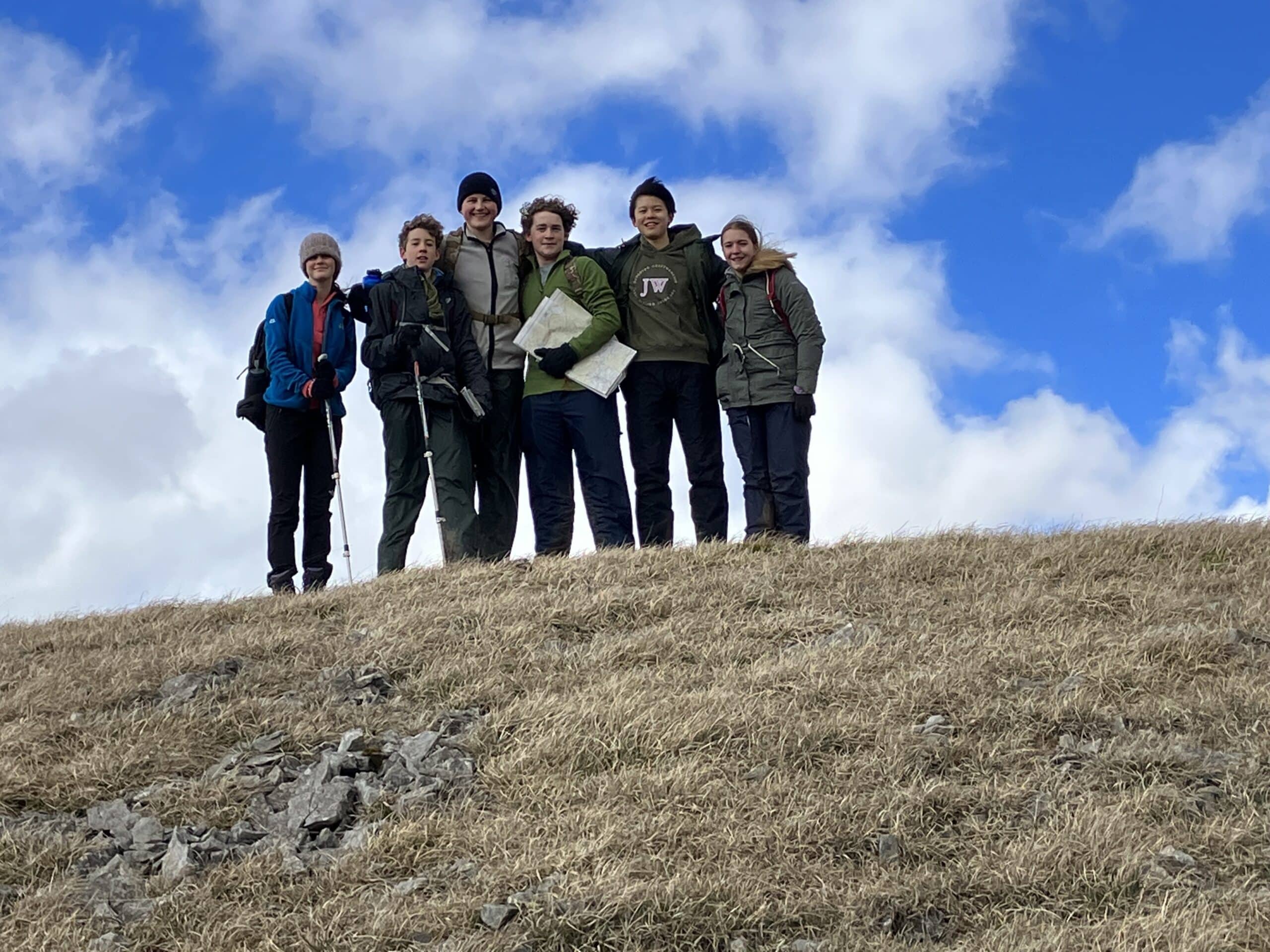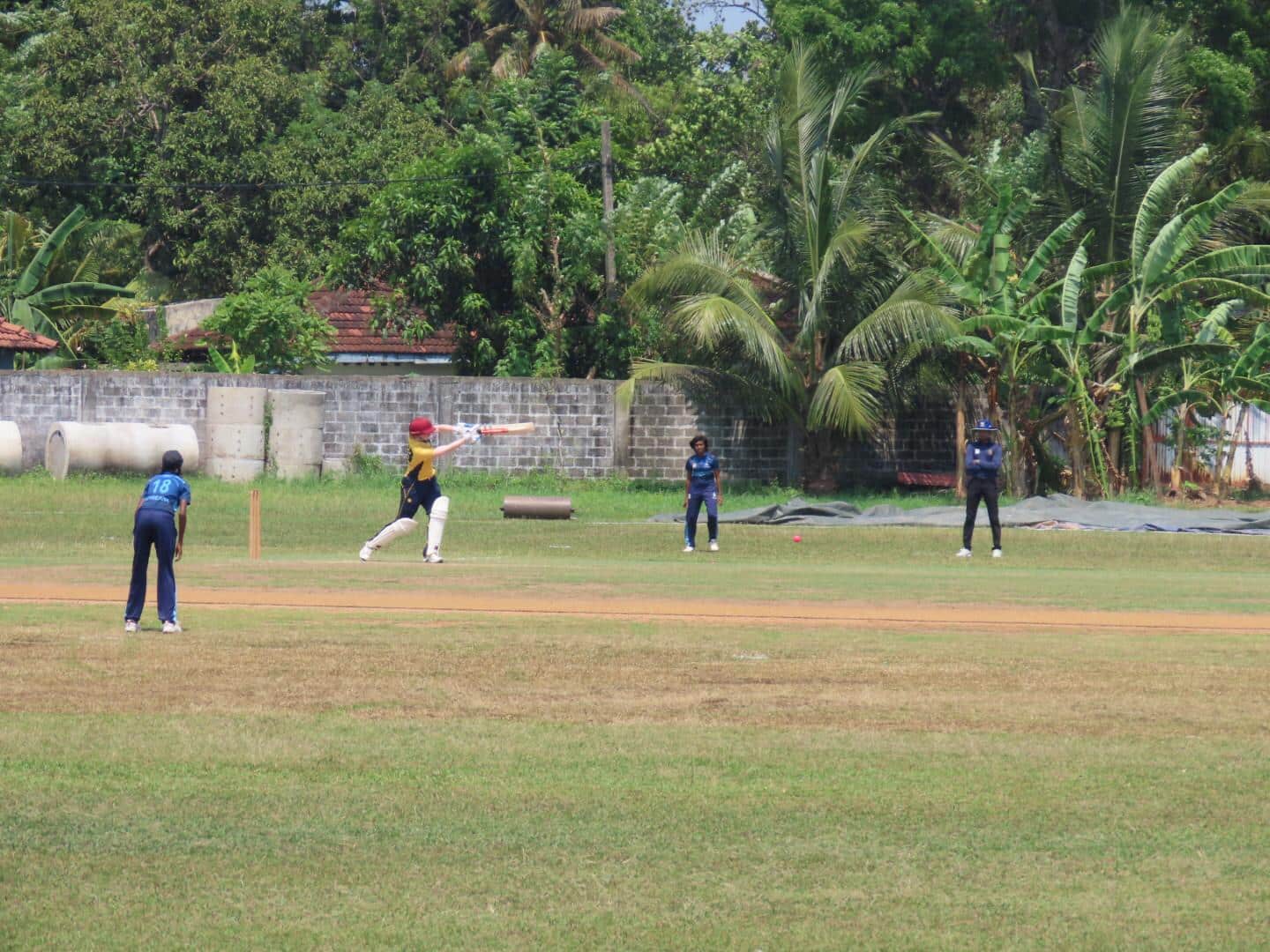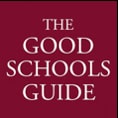 The final meeting of the Purvis Society for this term, following the all-encompassing theme of “communication”, was led by Professor Sir Roy Anderson, one of the world’s leading epidemiologists and Rector of Imperial College, London. Sir Roy began by drawing his audience’s attention to the work of Charles Darwin, commenting not only on Darwin’s ground-breaking suggestions regarding the theory of Evolution, but drawing parallels into the murky world of the pathogen and the crucial importance of adaptation to these organisms and their survival. Stressing the importance of mutation rates and generation times, linking these to the existence of Human sapiens sapiens (this is not a typo!) on this planet, Sir Roy pointed out that some of the viruses we have to contend with have survived for millions of generations and so are likely to be incredibly varied in their genetic constitution. Intriguingly he then pointed out that there are pieces of viral DNA to be found lurking within the human genome.
The final meeting of the Purvis Society for this term, following the all-encompassing theme of “communication”, was led by Professor Sir Roy Anderson, one of the world’s leading epidemiologists and Rector of Imperial College, London. Sir Roy began by drawing his audience’s attention to the work of Charles Darwin, commenting not only on Darwin’s ground-breaking suggestions regarding the theory of Evolution, but drawing parallels into the murky world of the pathogen and the crucial importance of adaptation to these organisms and their survival. Stressing the importance of mutation rates and generation times, linking these to the existence of Human sapiens sapiens (this is not a typo!) on this planet, Sir Roy pointed out that some of the viruses we have to contend with have survived for millions of generations and so are likely to be incredibly varied in their genetic constitution. Intriguingly he then pointed out that there are pieces of viral DNA to be found lurking within the human genome.
The theme was then expanded to encompass the problems the human race is likely to encounter due to the enormous explosion in numbers; the population of the world has virtually trebled in Sir Roy’s lifetime. The density of human habitation and extent of modern travel habits are, Sir Roy proposed, likely to lead to at least one pandemic in the lifetime of this audience. Much of the data that has enabled effective epidemiological research has come from multi-disciplinary (possibly surprising) sources; a monitoring system showing all the planes in the air at once was an eye-opener, as was a projection showing the possible spread of influenza through the United Kingdom. He used the 1919 influenza pandemic to illustrate some of the basic principles behind an epidemic and then moved on to more recent events including SARS, H5N1 (which was claimed to have a 60% fatality rate, a fact which he was able to disprove) and H1N1. Experiences gained whilst monitoring these events has led to a better definition of a “pandemic” which now requires the collection of a considerable quantity of serological data from the populace and sophisticated analytical techniques. He subsequently explained the importance of correct identification of the disease-causing agent, of knowledge of the infection cycle and then deployment of the appropriate control measures; treatment and quarantine, isolation, stressing which methods were most applicable and when. He concluded by suggesting that the Holy Grail of research into disease control lay within the realms of the non-specific defence employed by each and every one of us and in finding ways of stimulating this to limit (or eradicate?) future infections. The audience was then treated to some incredibly detailed responses to questions from the floor, a discussion which continued over dinner.
Those attending agreed that this had been an extremely interesting and thought-provoking presentation and the Purvis Society is very grateful to Sir Roy for giving up his time to come to Cranleigh.
Back to all news











